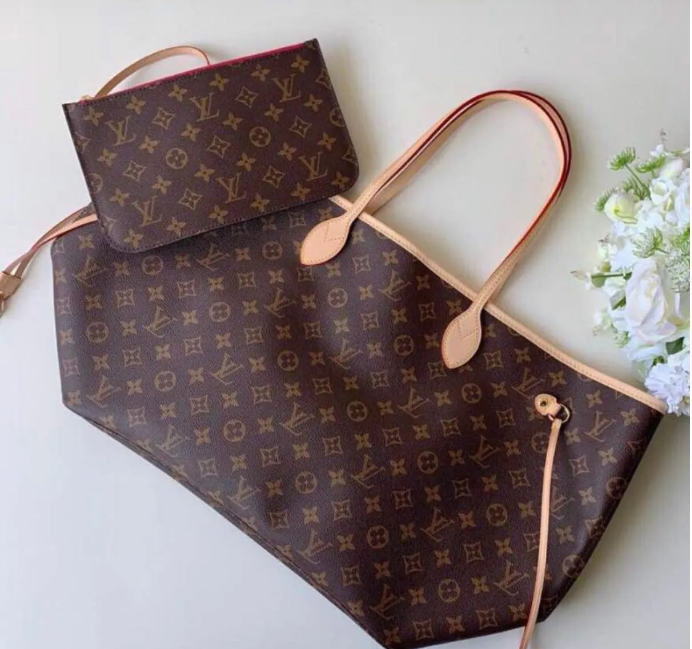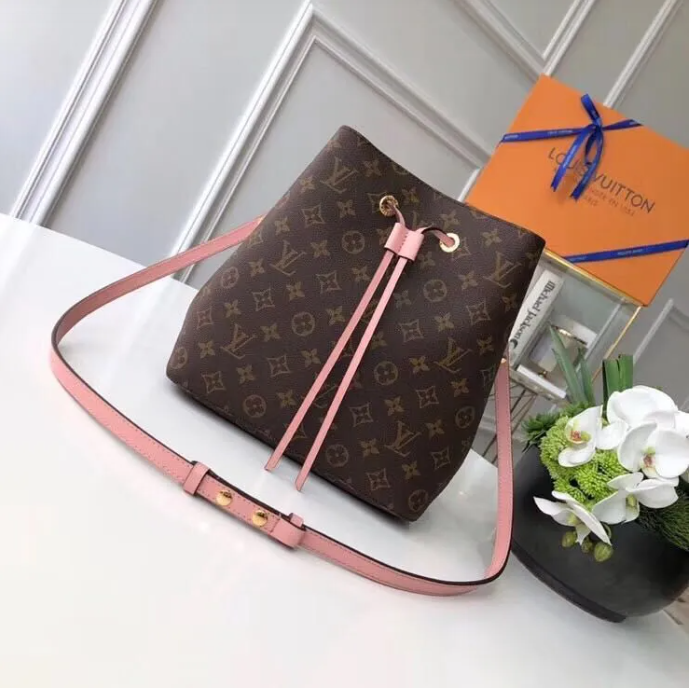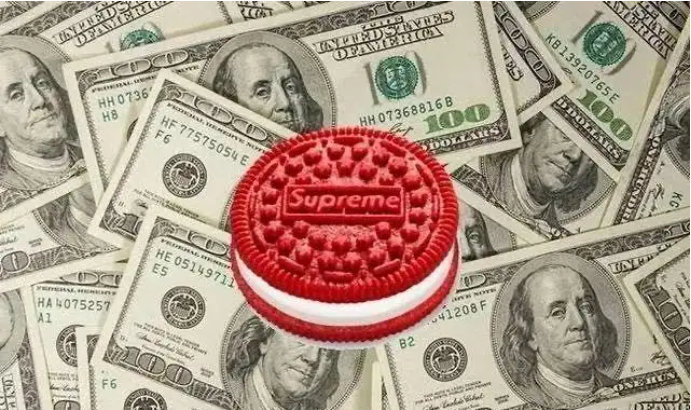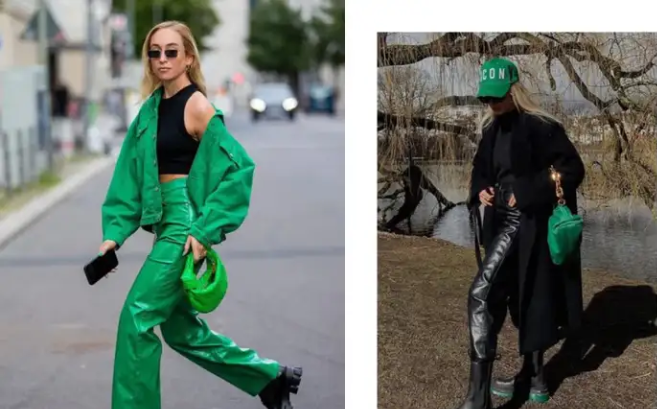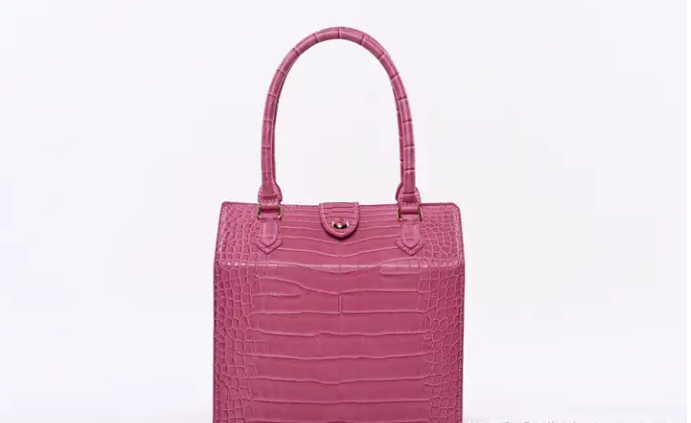That's how many processes it takes to make a crocodile bag
The production process of crocodile leather is a highly sophisticated art. The craftsmen cut and sew high-quality crocodile leather with exquisite skills, and go through multiple finishing and polishing processes, and finally present a leather work with both luxury and durability. The precision and meticulousness of these processes determine the excellent quality of crocodile skin products, making them a representative of high-end fashion.
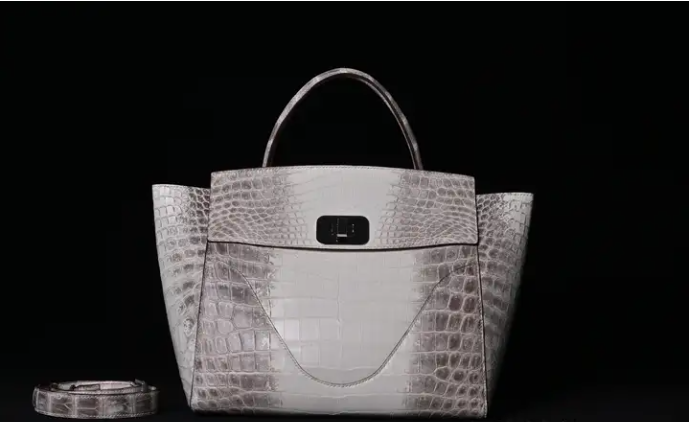
The production of crocodile skin is a highly complex and highly skilled process, and here are some of the key steps
1. Selection of materials: First of all, the production process of crocodile skin begins with the selection of high-quality raw materials. Crocodile skins usually come from species such as Nile crocodiles and Bay crocodiles. The craftsmen choose crocodile skin with a smooth surface, full scales and even color as their materials.
2. Skin: The crocodile's skin is carefully peeled to ensure that the texture and integrity of the skin are not damaged. This usually requires highly skilled techniques to prevent damage to the skin.
3. Treatment: Peeled crocodile skin needs to go through multiple treatment steps, including hair removal, dehydration, softening and dyeing. These steps help prepare the skin for subsequent processing.
4. Leveling and shaping: The skin will be leveled and shaped to eliminate wrinkles and irregular shapes. This requires the use of professional tools and techniques to ensure smooth and even skin.
5. Finish and polish: Crocodile skin will go through multiple finishes and polishing procedures to enhance its shine and smoothness. These processes use different finishes and polishing tools to make the surface of the skin full of shine.
6. Cut and sew: According to the designer's requirements, the crocodile skin will be cut to the desired shape and size, and then sewn. The sewing process requires the use of special stitches and thread and techniques to ensure the strength and durability of the leather goods.
7. Decoration and details: Depending on the style of design, crocodile skin products may be decorated to increase aesthetics. This may include metal fittings, buttons, zippers, and other details.
8. Quality inspection: Finally, every crocodile skin product will be inspected to ensure that its quality meets high standards. This includes checking stitches, edges and details to make sure there are no blemishes.
The production process of crocodile skin products requires superb technology and meticulous craftsmanship, ensuring that the final leather goods are both superior quality and full of luxury charm. There are two common finishes involved in making crocodile skin,
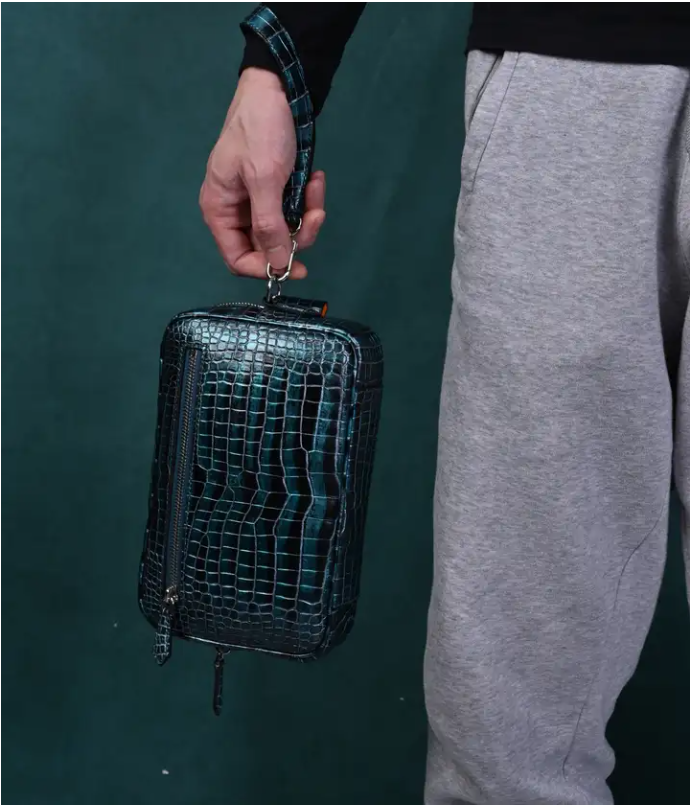
Mirror surface
The treatment of mirrored alligator skin is a sophisticated and unique process that involves applying a layer of protein adhesive to the surface of the leather, followed by fine sharpening with agate stone. The magic of this process is that it is able to bring the oil inside the leather to the surface, as if releasing a gem-like glow. And the most amazing feature is the extremely glossy appearance, every scale is glittering, like a diamond.
Therefore, bright orange, red and other bright colors can perfectly show the unique characteristics and incomparable charm of mirror crocodile skin products. In addition, the classic black is also an eternal choice, exuding a domineering and mysterious sense
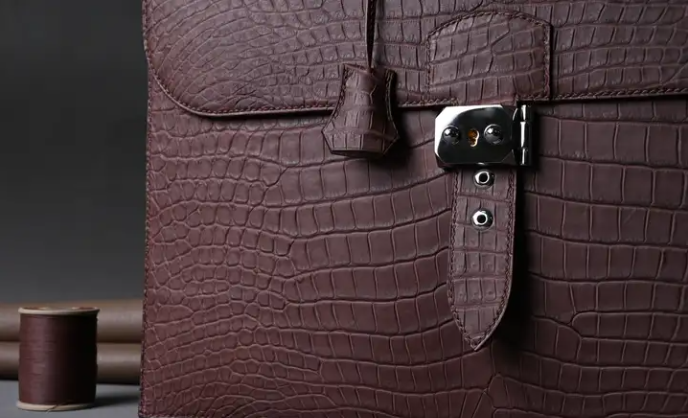
Fog level
The production of fog alligator skin is more challenging than that of mirror skin, which also results in its generally more expensive price for the same quality. This is because in the production process of bright crocodile skin, even if there are some small defects, the manufacturer can still take some methods to correct. However, the situation with fog-faced crocodile skin is much more complicated. During the dyeing process, once the color is found to be uneven, it is difficult to repair, which means that the whole leather may be eliminated.
Because fog-faced crocodile skins do not tolerate blemishes, plain colors (such as white, light or Himalayan crocodile skins) are considered extremely valuable, and they are king in the field of crocodile skins, which are not only expensive, but also have excellent collectible value.
